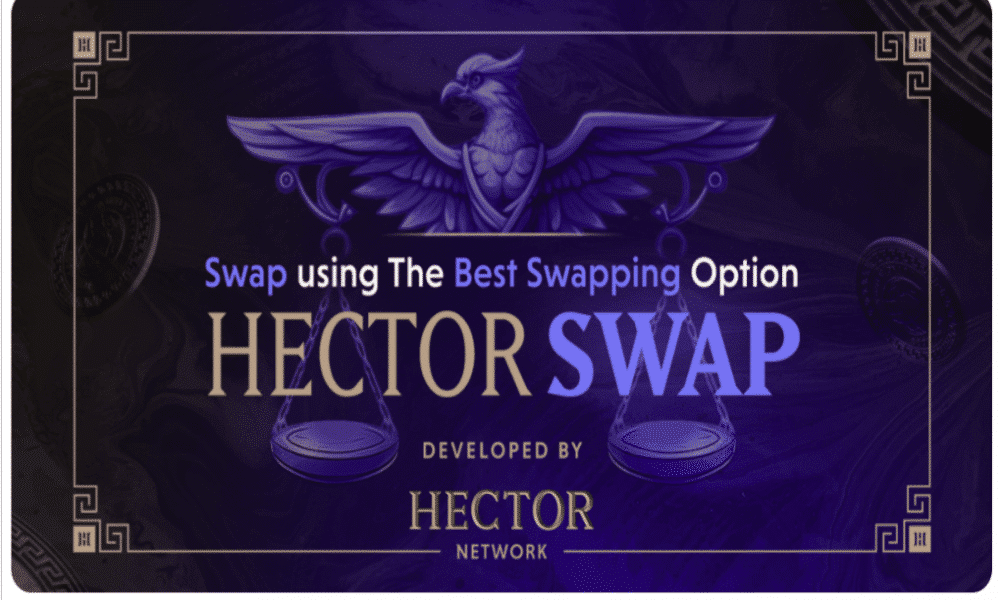The blockchain ledger technology (which underpins cryptocurrencies) is disrupting many traditional transaction methods. As cryptocurrencies rise to the limelight, many investors and enthusiasts are flocking to crypto and its varied uses. For most crypto investors, centralized cryptocurrency exchanges have become the primary means of trading these virtual currencies.
Engaging an intermediary or third party to facilitate transactions is called centralization. Both buyers and sellers entrust their assets to this intermediary. This is common in a banking environment when the consumer trusts the bank to keep his or her money safe.
The reason for this system is that banks provide security and supervision that individuals cannot provide on their own. The same concept applies in the case of a centralized crypto exchange. Transactors believe that the exchange will not only complete their transactions safely for them, but will also leverage the exchange’s user network to discover trading partners.
But recent cases, such as the misuse of user assets by FTX, bankruptcy filings by Celsius and BlockFi, and the SEC attack on Kraken, have created fear, uncertainty, and mistrust among investors about the future of centralized exchanges and centralized staking services.
DeFi and decentralized exchanges are considered the solution in this scenario, but fragmentation within the DeFi sector remains a significant challenge.
The availability of many chains, decentralized exchanges, price feeds and tokens leads to inefficiencies, less liquidity and a less reliable user experience. The benefit of decentralized finance in giving consumers access to financial services without the use of centralized intermediaries is compromised when there are too many decentralized exchanges and platforms that are not interoperable or are not merged into a single platform.
Failure to address this fragmentation leads to a less reliable user experience for investors and consumers, decreasing the efficiency of the DeFi ecosystem and the attractiveness of the DeFi realm.
To counter both the ongoing problems of distrust in centralized platforms and the fragmentation of the DeFi sector, Hector Network introduces a new dApp feature called Hector Swap.
Introducing a comprehensive DeFi solution
Hector Swap is a platform that allows users to exchange one token for another on various EVM-based networks, including Ethereum, Fantom, BSC, Avalanche, Polygon, Optimist, and Arbitrum. Hector Swap collects liquidity from various decentralized exchanges, providing investors with the best prices and liquidity available.
Hector Swap finds the best rates to exchange tokens and then creates transaction data that can be used to make on-chain transactions. The platform also supplements open liquidity with special prices from the biggest market makers.
Hector Swap allows users to explore optimized paths instead of swapping directly from the end user to a decentralized exchange, allowing the user to trade with the lowest gas costs and the most optimal rates.
Benefits of Hector Swap
One of the main benefits of using Hector Swap is that users can exchange tokens more efficiently and cheaply. The platform uses an advanced API that communicates with more than 100 protocols in different L1 and L2 chains. As a result, customers have access to more liquidity and better prices than on a single decentralized exchange.
The aggregation and order splitting tools help clients avoid slippage during large order transactions, making Hector Swap highly efficient and beneficial for larger transactions.
The platform compresses the realms of DeFi into a single platform that offers a simpler user experience for individuals trying to explore the DeFi environment due to the number of EVM-based networks and the ability to combine a large number of protocols from multiple chains.
To optimize deals, Hector Swap includes complex pathing algorithms that increase the speed at which the platform can use MultiPath, an order splitting tool that allows orders to be split into different exchanges or routed through intermediate tokens. This is useful for trading tokens whose liquidity does not conflict with any of the standard pairs used by Uniswap, such as Badger (/wBTC).
The platform has also upgraded the Hector Swap feature to allow savvy traders and investors to set price limits on their orders and swaps.
The last word
With the crypto industry going through major upheavals, decentralization is becoming more attractive than ever before. Investors are looking for a platform that provides a reliable DeFi user experience and makes the DeFi space more attractive.
The danger of financial censorship is reduced by using a DeFi swap aggregator like Hector Swap, which gives individuals more control over their wealth. Hector Swap ensures that consumers always receive the optimal price and liquidity by combining liquidity with many decentralized exchanges and market makers.
As the crypto community and investors begin to shift into the DeFi space, moving away from centralized exchanges that are overseen by regulators and have had a very poor track record in recent months, Hector Swap is a powerful tool that can help users to leave centralized. platforms and access to better pricing, liquidity, security, interoperability and trust in the DeFi ecosystem.
Visit them to learn more about the Hector Network official website or follow them Twitter name.
Disclaimer: This is a paid post and should not be treated as news/advice.

